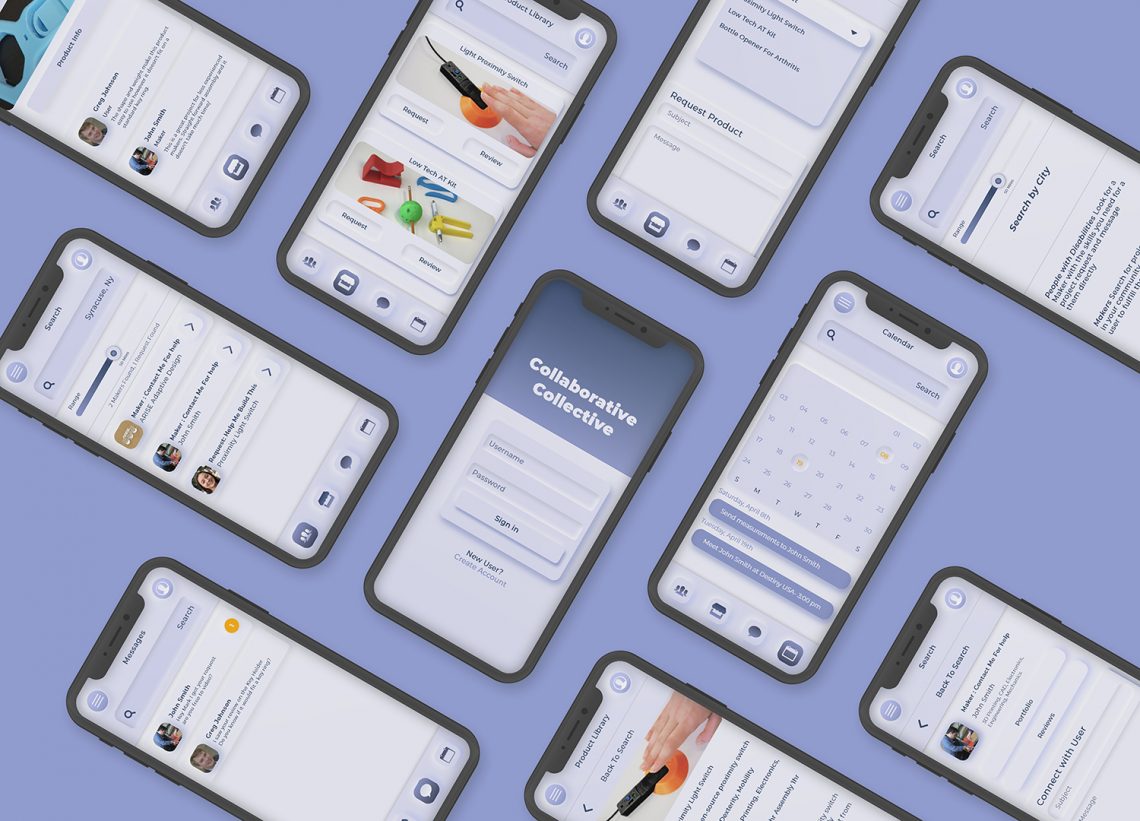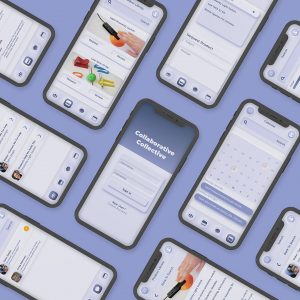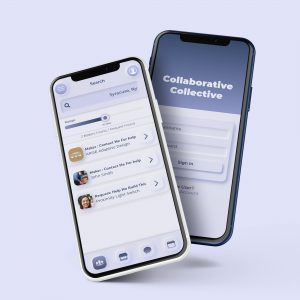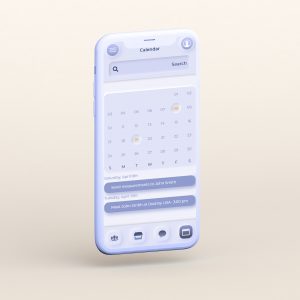Product Name: Collaborative Collective
Topic/ Problem Description:
According to World Bank Group (2020) 1 billion people or 15% of the global population experience some form of disability. According to the center for poverty research at UC Davis (2014) 29% of that population in the US is in poverty. A major problem among this group is a lack of insurance combined with large price tags for assistive technology. Assistive technology is designed to enable users through IADLs and can make life a lot more comfortable.
“Nothing about us without us” is a slogan tied with disability rights advocacy and it promotes the fact that design should be created with the people who would benefit as opposed to for said people.
Primary research shows that an effective method for providing assistive technology to people with disabilities at a low price point is through non-profit adaptive design groups but these groups are often on a small scale and can’t accommodate large populations. These services are effective because they are based around collaboration and crowdsourcing ideas. Using low-cost yet reliable materials like plastic, wood, or cardboard and methods like 3D printing and simple electronics allow these services to make completely customizable products quickly and affordably.

Solution:
The solution presented creates a platform connecting a network of groups, volunteers, and people with disabilities across the world. This service allows users to find and communicate with people in their community, post and review products, or request products.
Connecting people through location allows for face to face meetings and delivery of products. It also makes it easier for volunteer makers to find resources and learn techniques.
Volunteer makers, Disability Professionals, and People with disabilities have access to the library of projects and products with the ability to submit reviews, ideas, products, and adaptations
Disability professionals using the service can review products and recommend products to people with disabilities looking for low-cost alternatives.
A free to use platform and products created with at-home maker techniques and materials that keep production costs low guarantee an affordable solution for assistive technology.
Through instant message and video calling users can collaborate easily online in their free time and avoid unnecessary travel.



